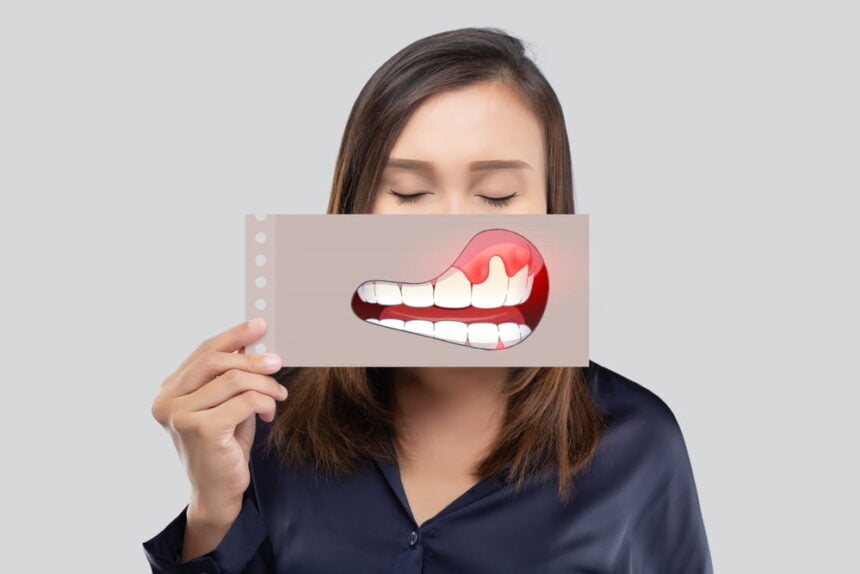Sometimes you may find your gums bleeding, swelling, and later on, your teeth becoming sensitive. These are common symptoms of gum disease. In its initial stages, gum disease is not harmful, and the treatment is quick and easy. If you continue to ignore the symptoms, the condition of your gums can worsen, and you may even lose your teeth. Treatments for gum diseases differ according to the severity of the infection to its type, and they can be both surgical and non-surgical. Here are some of the common ones:
1. Professional Dental Cleaning
Professional dental cleaning is a non-surgical procedure used for the initial stages of gum disease. When you go in for a regular check-up, you will notice that the dentist clears the plaque and tartar on the gum line of your teeth. This plaque can only be removed by a dental professional and is not something you can do at home. By eliminating these abnormalities, you are decreasing the chances of getting gum disease. If a dentist determines if your gums are vulnerable to this inflammation, they recommend you get a dental cleaning twice a year. However, it is vital to note professional dental cleaning is not an active measure of treating gum disease but is instead a preventive measure or a way to stop any infection from emerging or spreading.
2. Laser Gum Treatment
In laser gum treatment, the medical professional uses a laser to non-invasively remove all the inflamed tissue from your gum’s root. Then they also use the laser to remove plaque and tartar further. Afterward, the dentist will smooth out any rough spots on your teeth that the gum disease may have caused.
Your teeth will require undergoing a short healing period after undergoing this procedure. And sometime later, you might experience some side effects. The area where the laser was used may become sensitive, and you may notice light bleeding and swelling. You might also have an unpleasant taste in your mouth for some time.
3. Bone Grafting
In bone grafting, parts of your bone or a donated bone are used to replace the bone damaged by gum disease. These bone grafts encourage the regrowth of your teeth and make them more robust over time. You can hope to recover from this procedure in under three weeks, but your dentist will advise you to take special care of the area for about six months. After the surgery, you may experience pain, swelling, and bruising on your gums as side effects.
4. Antibiotic Treatment
In mild cases of gum disease, antibiotics are prescribed alone to eliminate gum disease bacteria. In more severe cases, they are given in combination with surgical methods to reduce the spread of the problem. Most commonly, your dentist will prescribe chlorhexidine to control plaque and tartar growth in the mouth. It is available as a mouthwash and a tablet placed in the mouth’s pocket after a surgery like root planting. Chlorhexidine then releases the medication in the month gradually over seven days.
Endnote
While gum disease may be easy to spot and cure, it is always best to focus on preventing such an infection. You can easily prevent this inflammation by brushing your teeth twice a day, according to the regulations of the American Dental Association, and by regularly flossing. Another preventative measure can be to use toothpaste that is proven to kill bacteria in your mouth. If you contract gum disease, it is essential to understand that it is easily curable, and the condition has no long-term effects on the health of your gums and teeth as long as you address it timely.

